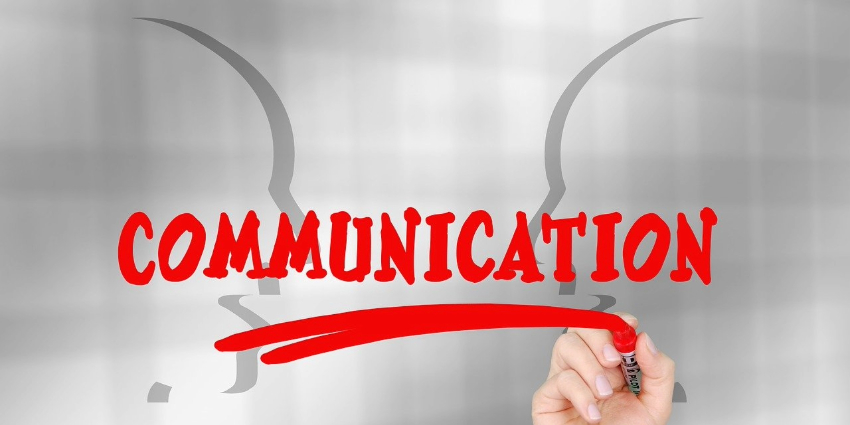The ushering in of the holiday season is filled with joy, laughter and an overabundance of calories and great times.
In the same respect, the holidays can also bring all of the above AND anxiety, trepidation, and circumstances in which we might find ourselves dealing with emotionally triggering situations.
In an effort to broach one of the more difficult leadership characteristics, the development of Emotional Intelligence, the next three weeks has us focusing on the FOUR DIMENSIONS of EMOTIONAL INTELLIGENCE.
(Rather timely so you’re not tempted to shiv anyone while carving the roast beast, no?)
The Four Dimensions of Emotional Intelligence (EI)
(As originally popularized by Dr. Daniel Goleman)
- Self-Awareness – being able to recognize and understand your own emotions and the impact they have
- Self-Management – the ability to keep emotions under control so you can achieve your goals
- Social Awareness – the ability to understand others and their point of view
- Relationship Management – being able to foster teamwork and collaboration, developing others through feedback and guidance, and handling conflict management
The four dimensions, when taken together, offer insight into not only what emotional intelligence is, but the many ways that developing greater emotional intelligence will serve you well in your personal life and your organization.
One of the keys to developing self-awareness is being able to step back and realistically evaluate yourself, your strengths, and your limitations AND recognize the emotional triggers that could cause those limitations to become treacherous hurdles.
Oftentimes, it’s our strengths, used in the creation of our success, that become our greatest emotional triggers when we feel someone is not honoring them. The trick is to catch yourself reacting when your emotions are triggered. Then you can discover if this “threat” is real or not and how you can respond accordingly.
Below are some common emotional triggers. Choose a few that have provoked your emotions, in the past, when your perceived “needs” have not being met. The need to:
- Be Accepted
- Be Respected
- Be Right
- Be Treated Fairly
- Be Valued
- Be Included
- Be Given Control
- Be Given New Challenges
- Be Seen
- Experience Variety
- Experience Safety
- Experience Freedom
- Experience Balance
Consider the environments, situations, and individuals that might have triggered you with regard to the needs you selected.
Armed with this information, your challenge is to monitor your behavior going forward:
- How will you react when you’re experiencing certain triggering emotions and situations?
- How will this affect your day-to-day life?
- How will it impact your communication with others, your productivity, or your overall sense of well-being?
- When is your work being affected by your emotional state? (Make a note of what’s happening, under what circumstances, and your reaction to it.)
- WHAT WILL YOU DO TO INTERRUPT THE PATTERN AND MOVE FORWARD EFFECTIVELY?
Improving self-awareness is aided by our ability to consciously acknowledge the need that is triggering the emotional reaction.
When we are better able to recognize the presenting situation, we begin to see life more objectively and we’re able to select our responses, improve our communications, and become more self-aware in the process.
Come back next Friday to learn self-management techniques for that which you’ve just become self-aware!













